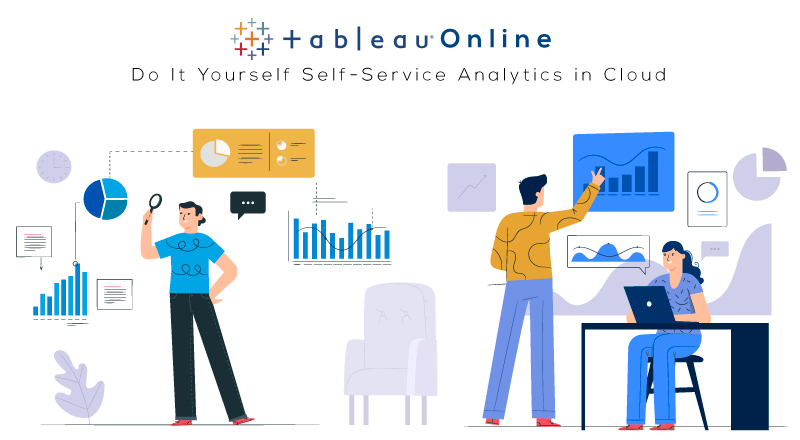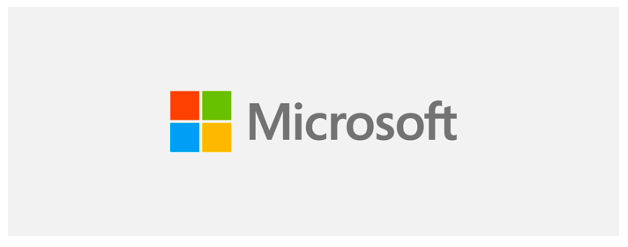Bol.com is one of the biggest online retailers in Europe that offers general merchandising products in categories such as film, music, electronics, jewelry, toys, watches, baby products, gardening and DIY to customers in The Netherlands and Belgium.
In the past years Bol.com became an organization in which data an extremely big part of their business that adds a lot of value. Data does not only add value to Bol.com, but Bol.com considers themselves a data driven company. Tableau, an American company in interactive data visualization software that is focused on business intelligence made this possible (Hoe bol.com een datagestuurde organisatie wordt dankzij selfservice analytics van, n.d.). By using Tableau employees of Bol.com are able to facilitate their own data related needs.

A big part of the success of modern online retailers is agility (Hoe bol.com een datagestuurde organisatie wordt dankzij selfservice analytics van, n.d.). Being able to react quickly to changing consumer behavior has always been crucial to retail companies, but for online retailers this is extremely important. You might want to think of your own experiences on online sites, if you are not able to find what you are looking for you will quickly move to another website.
Why Tableau is crucial to the success of Bol.com is simple. The bigger a company becomes, the more difficult it becomes to achieve agility. Tableau offers quick, accurate data insights for consumer behavior and purchasing trends. With these data insights Bol.com is able to adapt their product portfolio quickly, such that customers can easily find what they are looking for.
Tableau also helps Bol.com to gain control over their business operations, such as inventory management, quality of the assortment and inventory levels. This way Bol.com is able to offer better services to their customer and decease their impact on the environment at the same time.
In short, using good data visualization software is crucial to the success of online retailers. This adds massive value to a company and eventually to society. Achieving a more efficient way of shopping, with less products and packaging material that are wasted, will not only contribute to the satisfaction of the customer, but will also allow us to become a more environmentally friendly society (Bol.com & Duurzaamheid, n.d.).
References:
Hoe bol.com een datagestuurde organisatie wordt dankzij selfservice analytics van. (n.d.). Tableau. Retrieved October 6, 2021, from https://www.tableau.com/nl-nl/solutions/customer/How-self-service-analytics-from-Tableau-is-helping-bol-com-become-a-data-driven
Bol.com & Duurzaamheid. (n.d.). Bol.com. Retrieved October 6, 2021, from https://duurzaamheid.bol.com




